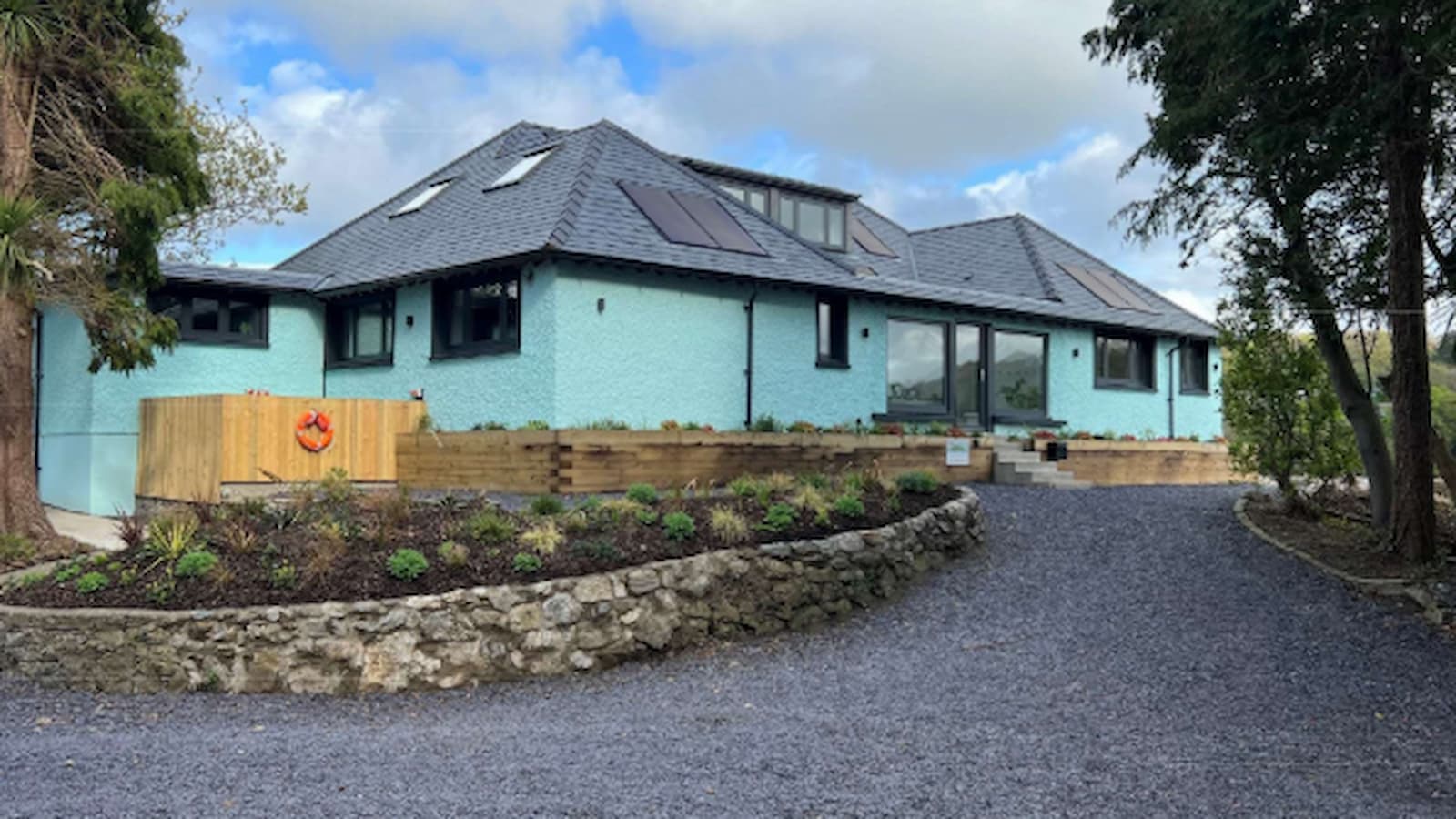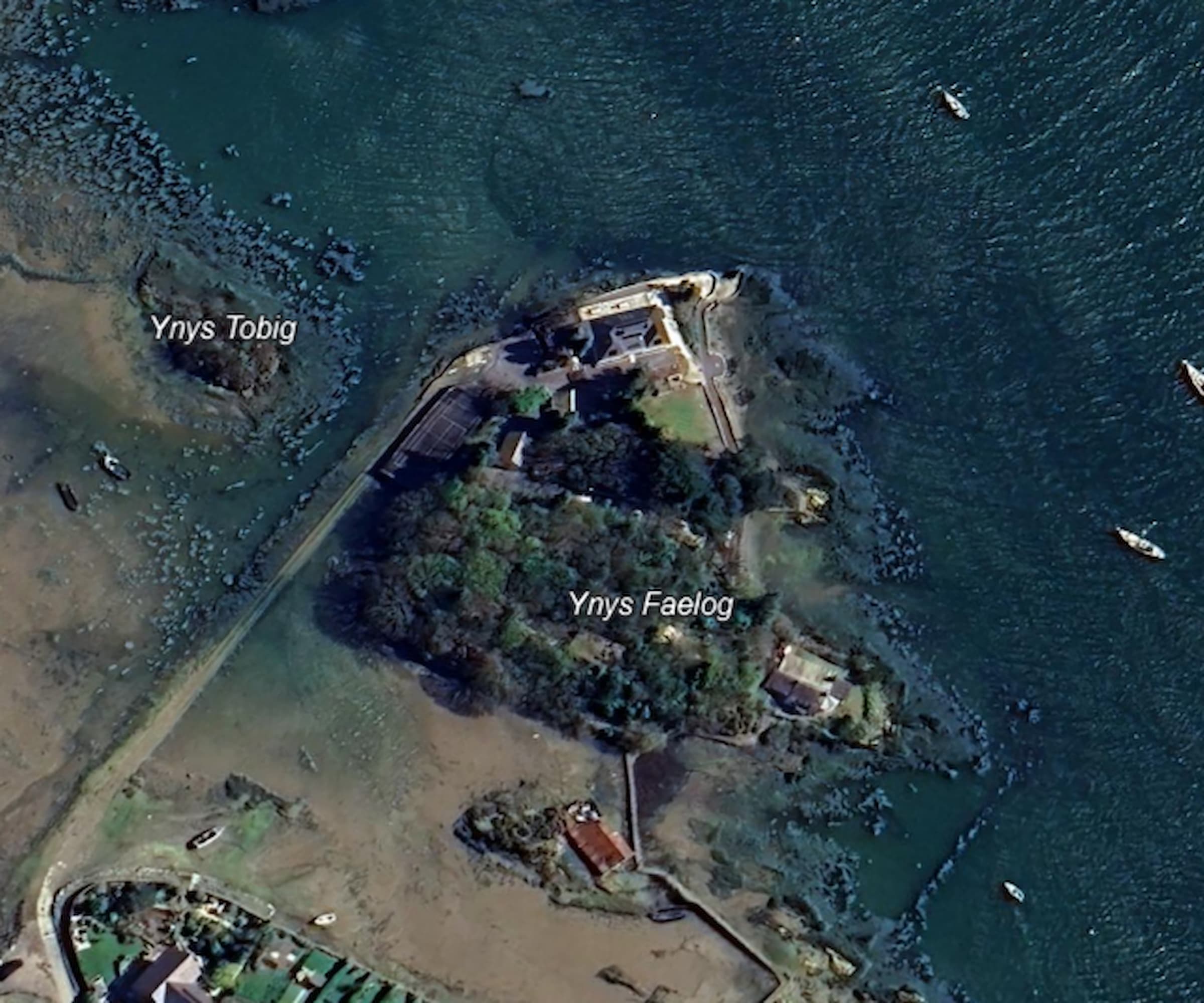Man falls foul of planning rules after converting derelict building on small island into a holiday home
A building on an island that was said to be "boarded up" and "vandalised" was converted without planning permission

A homeowner who created a holiday get away on a small island now faces enforcement action after they never gained planning permission.
The small tidal island, Ynys Faelog in Wales, featured an office building owned by Bangor University until the homeowner purchased it in 2021 and then converted it into a six-bedroom holiday home.
However, he never gained planning permission for these works after the owner believed it was not necessary and that the building was "run down" and the works provided a "significant improvement to the local area".
What were the plans for the property?
Retrospective plans were submitted for the former office and teaching building were for the re-instatement of residential use for a holiday home.
The conversion of the home in Ynys Faelog was completed in 2022/2023 and included the installation of six bedrooms, five bathrooms, an open plan kitchen, air source heat pump, an outdoor wood-fired bath, a hot tub and a tennis court.
The 2.5 acre site on the small tidal island also features three outbuildings, and extended car park and a boathouse.
The property is made from heavy stone and was originally built in 1900 before being given to the university in 1990 to be used as an office building.
Get the Homebuilding & Renovating Newsletter
Bring your dream home to life with expert advice, how to guides and design inspiration. Sign up for our newsletter and get two free tickets to a Homebuilding & Renovating Show near you.

Council pursue enforcement action
Anglesey council pursued enforcement action as the owner never sought planning permission for the conversion back to a residential unit.
Rhys Ll Jones, the council Housing Development Officer, stated: "The enforcement investigation resulted in an Enforcement Warning Notice and the Local Planning Authority invited the applicant to submit a planning application to remedy the breach of planning control.
"As the application includes use (or part thereof) of the building as a permanent residential dwelling, outside of any defined settlement, it is a departure from the Local Development Plan."
It was also stated that the home sits in the Menai Bridge Conservation Area and the island includes some protected native species that need to be assessed.
Building was 'boarded up' and 'vandalised'
The applicant argues that as they were converting the property back to its previous use he did not believe planning permission was required.
It is claimed following the University ceasing to use the building it became "run down" and was "boarded up" and "vandalised".
It was also claimed all renovations to the property were internal so no external visible work can be seen and could not impact the character or setting of the Conservation Area.
The retrospective planning document states: "The change of use is contained within the confines of the existing building, meaning that the impact of any physical development is neutral and the scheme has no impact upon the character or setting of the local area.
"The reinstatement of the residential use and the associated improvements to the building/site provide a significant improvement to the local area."
The application is currently being considered by Anglesey Council.

News Editor Joseph has previously written for Today’s Media and Chambers & Partners, focusing on news for conveyancers and industry professionals. Joseph has just started his own self build project, building his own home on his family’s farm with planning permission for a timber frame, three-bedroom house in a one-acre field. The foundation work has already begun and he hopes to have the home built in the next year. Prior to this he renovated his family's home as well as doing several DIY projects, including installing a shower, building sheds, and livestock fences and shelters for the farm’s animals. Outside of homebuilding, Joseph loves rugby and has written for Rugby World, the world’s largest rugby magazine.
